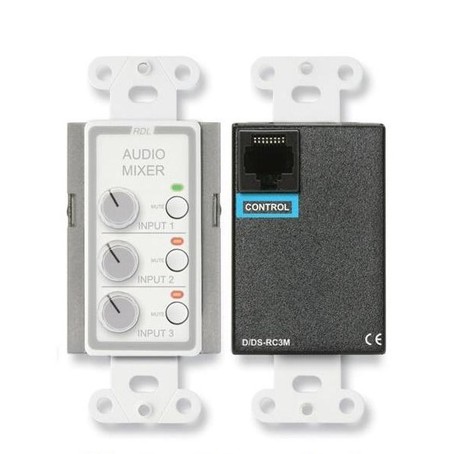

Noise Level Chart and Maximum Exposure Time Barely audible sounds like the sound of a person breathing or a leaf resting range from 0 to 10 decibels. Some are too quiet to perceive or make out. Barely AudibleĪlthough our ears are very sensitive and precise, we cannot hear all sounds. These sounds are slightly louder than the sound of your breath, which is 10 dB, or the equivalent of a quiet whisper or of wind blowing over a leaf. Sounds from 10 to 20 dB are very quiet and safe for your ears. They are safe for your hearing, and you can be exposed to these noise levels for an indefinite amount of time. Soft sounds, as the name suggests, are very mild and range from 20 to 40 dB. These levels are acceptable no matter how long you are exposed to them, and they are not considered potentially harmful to your hearing.

Moderate noises are between 40 and 60 decibels. The most common examples of sounds in this range are: Nevertheless, they are still considered loud. Sounds ranging from 60 to 80 dB are not dangerous to human hearing.
garbage disposal or vacuum cleaner – 80 dB. Here are some day-to-day sounds between 70 and 80 dB: For adults, prolonged exposure to noise levels in this range can cause stress and increase blood pressure levels. This is especially true if you are trying to focus on something such as when you are working or studying.įor school children, this noise level can affect reading and comprehension acquisition. Image By Canva Design IrritatingĪlthough noise levels between 70 and 80 dB are not considered dangerous, they can sometimes be irritating or even annoying. playing music on your personal listening device or audio system at maximum volume - 100 dB. Specialists recommend you use hearing protection whenever you are exposed to sounds above 85 dB.Ĭommon examples of 80-110 dB sounds include: The general rule is that all sound levels exceeding 85 decibels are not only very loud, but also harmful to human hearing and potentially dangerous. Sounds above 80 dB and up to 110 dB are considered very loud. They can be very uncomfortable and even cause pain and they can instantly damage your hearing.Ĭommon sources of 110-120 dB sound include: Sounds between 110 and 120 dB are considered unsafe for human hearing. gunshot from a high-caliber gun or firearm like a rifle or a shotgun. Even the shortest direct exposure to such loud sounds can cause eardrum rupture and instant hearing loss.Ĭommon sources of painful and dangerous noises with a level between 120 and 140 dB include: Painful & Dangerousĭecibel levels ranging from 120 to 140 dB are very dangerous to human hearing and also painful. In addition to the illustration above, you can also use the details below to help guide you and determine if a decibel level is safe or not. Looking at a decibel chart such as the one below, we can determine if those sounds are safe, potentially harmful, or outright dangerous for our ears. The intensity of common sounds ranges from 0 dB to 140 dB. This means sounds above this level can result in hearing damage or hearing loss depending on the duration of your exposure. Sounds above 85 dB are considered by specialized organizations like NIOSH (the US National Institute for Occupational Safety and Health) to be dangerous to human hearing. The range of sounds measured on the decibel scale is from 0 dB (the quietest sound) to 140 dB (the threshold of pain). We use the decibel scale to determine how loud sounds are and if they are safe or harmful to human hearing. Therefore, a 10 dB sound is 10 times more intense than a 0 dB sound, a 20 dB sound is 100 times more intense, and a 30 dB sound is 1,000 times more intense. However, the decibel scale is logarithmic, not linear. To measure a sound’s frequency, we use the hertz (Hz).Įach time a sound’s decibel level increases by 10, its intensity multiplies by 10. To measure the noise level of different sounds, we use a measurement unit called the decibel (dB). Using this chart, you can be more aware of the noise levels that can cause hearing damage and protect your hearing. In this article, we’re using a comprehensive decibel chart of common sounds to compare different decibel levels. 
However, we may not always be aware of just how loud some sounds can be. The human ear is very sensitive and perceives even the smallest differences in sound intensity.
#Db sound control pro
Measure the Sound Level Around You With Decibel Pro App. 
Noise Level Chart and Maximum Exposure TimeĤ.1 Beware of the Noise Levels Around You.Comprehensive Decibel Chart of Common Sound Sources








 0 kommentar(er)
0 kommentar(er)
